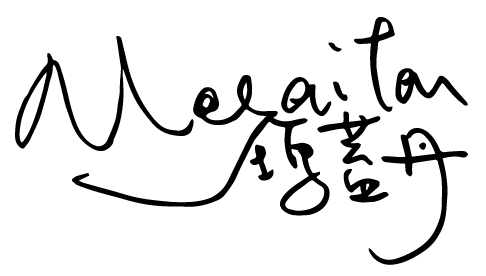minakamakthin turu a qamishan lhmazawan iaku matash sa quyash, 2017 a kawash ianan iaku mu’apaw sa makintata wa Thau a quyash. maqa iaku isa mapushaz lashpaat a qamishan matudahip sa Yuan-in-siaa numa mafazaq iaku milhalhilhi ifafaw sa kalapaw maqaquyash, numa tantuqash makathu iakin shaila sa miniahala inai a thau a quyash, sa izai a kalawan, mathuaw iaku mangqtu sa thuini antu tataal a tilhaz a kalawan.
tu kahiwan ladadu ya ianan sa mu’apaw a kalapaw, numa tatata wa thau mathuaw madanul ashaila, numa itia tu suma wa ianan, numa maqaquyash a shaila sa tunaw mashtay masa mathuaw malhinuna wa lalawa wa kalawan. tu kahiwan miniahala inai a thau a quyash antu lamanasha mu’apaw, maqa thuiniza antu tataal numa ianan mu’apaw sa miniahala inai a thau, numa thuini a shpuut mabrith mriqaz sa izai a Thau a kazakazash, numa mathuaw thuini parhaway a miniahala inai a thau ianan sa tunaw munai matash sa Thau a lalawa, numa pahiburan sa shpuut a quyash, mathuaw miazai sa thuini a quyash.
kanuniza ya itia sa puil miniahala inai a thau a qbit a quyash, sa izai mathuaw iaku mabrith mriqaz a kalawan. tu kahiwan miniahala inai a thau antu pinatash, numa muqay pasain malhalhinuna numa maqaquyash palhituz, apuil sa kahiwan a tanatuqash pinalhinuna wa lalawa, numa malhinuna mu’apaw sa kahiwan ininthawan a kalawan, numawan pataqal min’thuini mathuaw mabrith miakuza wa qali. ya miazithu tanatuqash iania sa palhituz Thau a quyash, amaqa shduu maqaquyash ita, numa thuini a parhaway mani pasain mara’in a lushkin amaqaquyash sa izai a quyash, ya kahiza wa thau amaqa shduu kmilhim ita ya maqaquyash a lushkin.
sharaqian thuini ianan sa manasha wa dawaz sa saran numa sasaas lalawa wa aniamin, kanuniza mushnaw iaku mriqaz makanay a shaila, maqa shduu mapalhalhituz numa palhalhituz sa rima, numa mathuaw ianan mani malhalhinuna miniahala inai a thau a kazakazash a lalawa numa kahiwan a lalawa. Thau a quyash, itia sa sas sa Thau a kazakazash numa ya antu mafazaq sa Thau a lalawa wa thau shduu mani pinfazaq sa Thau a kazakazash. numa Thau a quyash miazai sa farukuz, antu muqay palhituz sa Thau a kazakazash numa lalawa, numa mani shduu pusuun ya tu suma wa miniahala inai a thau a qbit, mathuaw ita mapakaqitan.
I started songwriting at age thirteen and released my first Thao-language album in 2017. At 24, I joined an Indigenous Music Society, where senior members led me to perform indigenous songs, and that was then I started singing on stage. These experiences influenced my feelings towards the different generations.
The previous generation didn’t have as many platforms as we do now to gain exposure. People had to take every opportunity to perform, including at social movements where music can boost morale and express values. In the past, indigenous-language music wasn’t as common as it is today, but with society becoming more liberated, the rising status of indigenous peoples, and local culture gaining more attention, the new generation of indigenous peoples is more empowered to create music in indigenous languages that blends with Mandopop elements to bring indigenous music closer to modern pop.
Songs that haven’t been preserved have attracted my interest. Indigenous peoples didn’t have a writing system in the past, so they passed down ancestors’ thoughts, words of wisdom, and life reflections through oral tradition or song. Thanks to our ancestors singing traditional folk songs across the generations, we can hear and sing these songs now. Our generation now sings out loud too, so our decedents can find us in song.
Although there are many kinds of internet marketing and communications, I prefer to perform live. In-person contact with the audience makes for hotter interactions and gives more time and space to tell stories about indigenous cultures. One of the biggest advantages of indigenous songs is the ability to pass down culture and teach people who aren’t familiar with indigenous language about the community’s culture in a relaxed and happy way. Music and songs are like bridges; they help pass on culture and information, connect different communities, and bring people closer together.
naur kazash a kalangkan
CEO of the Indigenous Peoples Cultural Foundation





